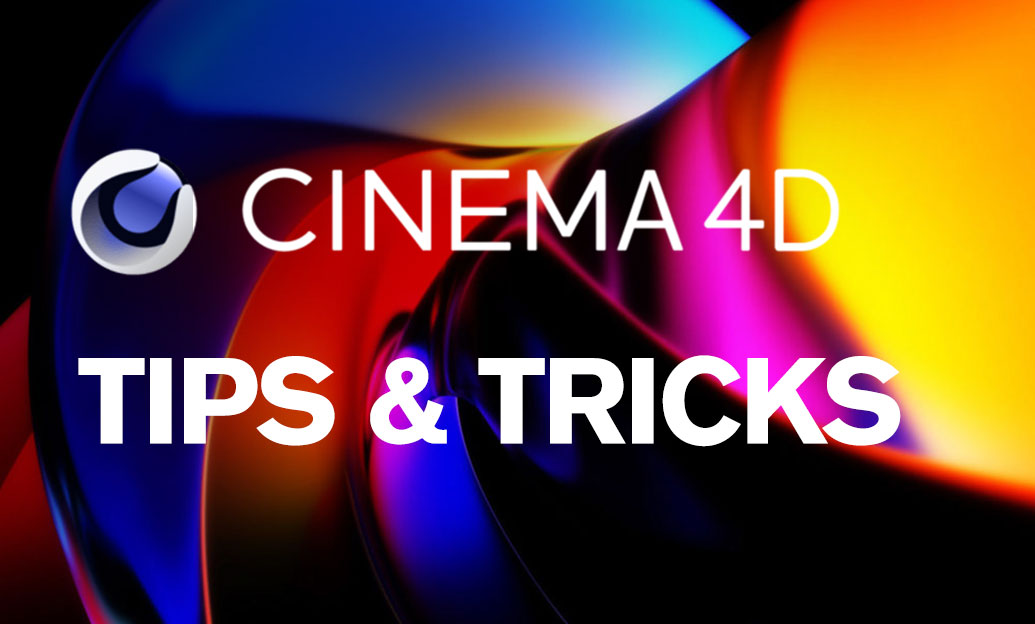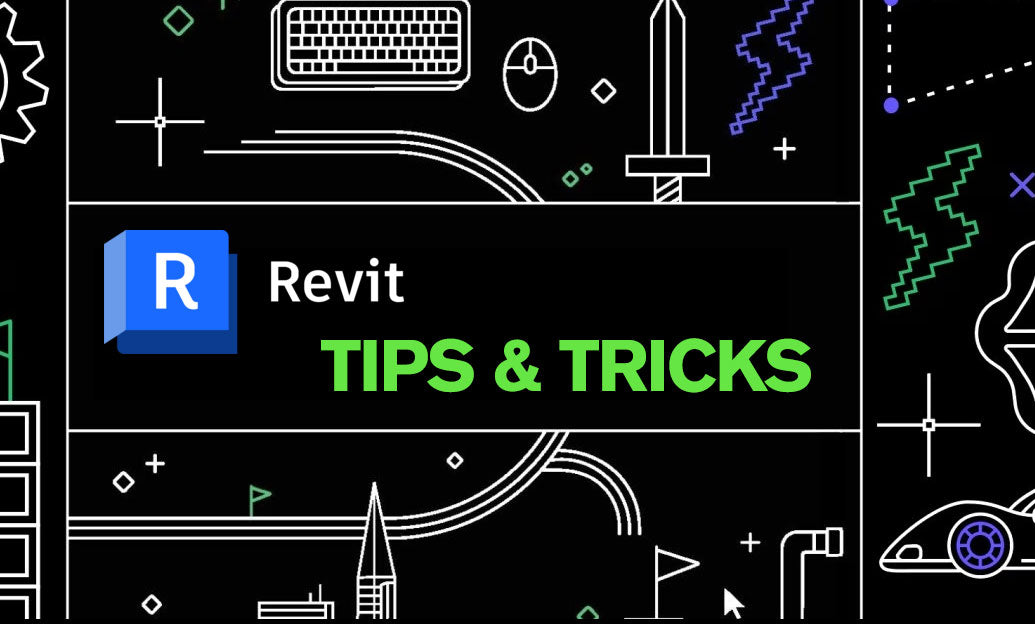Your Cart is Empty
Customer Testimonials
-
"Great customer service. The folks at Novedge were super helpful in navigating a somewhat complicated order including software upgrades and serial numbers in various stages of inactivity. They were friendly and helpful throughout the process.."
Ruben Ruckmark
"Quick & very helpful. We have been using Novedge for years and are very happy with their quick service when we need to make a purchase and excellent support resolving any issues."
Will Woodson
"Scott is the best. He reminds me about subscriptions dates, guides me in the correct direction for updates. He always responds promptly to me. He is literally the reason I continue to work with Novedge and will do so in the future."
Edward Mchugh
"Calvin Lok is “the man”. After my purchase of Sketchup 2021, he called me and provided step-by-step instructions to ease me through difficulties I was having with the setup of my new software."
Mike Borzage
V-Ray Tip: Enhancing V-Ray Renders with Optimal Texture Filtering Techniques
June 24, 2025 2 min read

Optimizing texture filtering in V-Ray is essential for achieving high-quality renders while maintaining efficient performance. Texture filtering determines how textures are sampled and displayed at various distances and angles, directly impacting the realism and clarity of your 3D scenes.
-
Understanding Texture Filtering Methods:
- Nearest Neighbor: Simplest method, useful for pixel art or stylized textures but can appear blocky.
- Linear Filtering: Smoothens textures by averaging pixel values, reducing blockiness.
- Anisotropic Filtering: Enhances texture clarity at oblique angles, crucial for surfaces viewed at steep perspectives.
-
V-Ray Texture Filtering Settings:
- Filter Type: Choose between Nearest, Linear, and Anisotropic based on your scene requirements.
- Max Anisotropy: Controls the level of anisotropic filtering. Higher values increase clarity but may impact performance.
- Texture Cache: Efficient management of texture memory can prevent slowdowns and ensure smooth rendering.
-
Best Practices for Texture Filtering:
- Balance Quality and Performance: Use higher filtering levels for critical textures and lower settings for less noticeable areas.
- Optimize Texture Resolution: Ensure textures are appropriately sized for their usage in the scene to avoid unnecessary filtering.
- Consistent Filtering Across Assets: Maintain uniform filtering settings to prevent visual inconsistencies.
-
Common Issues and Solutions:
- Blurry Textures: Often caused by insufficient filtering. Switching to linear or anisotropic filtering can enhance clarity.
- Performance Drops: High filtering settings, especially anisotropic, can strain resources. Optimize by limiting high filtering to essential textures.
- Artifacts or Moiré Patterns: Can result from inappropriate filter types. Experiment with different filtering methods to mitigate these effects.
-
Leveraging NOVEDGE for Enhanced Workflow:
- NOVEDGE offers a range of resources and tools to streamline your V-Ray texture management. From advanced tutorials to optimized plugins, NOVEDGE can help you implement effective texture filtering strategies efficiently.
- Utilize NOVEDGE’s comprehensive guides to deepen your understanding of V-Ray’s texture filtering capabilities and apply best practices to your projects.
By fine-tuning texture filtering settings in V-Ray, you can significantly enhance the visual quality of your renders without compromising performance. Regularly reviewing and adjusting these settings in conjunction with the resources provided by NOVEDGE ensures that your workflow remains efficient and your outputs remain top-notch.
You can find all the V-Ray products on the NOVEDGE web site at this page.
Also in Design News

Cinema 4D Tip: Optimizing Texturing Techniques in Cinema 4D for Realistic Surfaces
October 21, 2025 2 min read
Read More
Bluebeam Tip: Enhance Project Collaboration with Bluebeam Revu's PDF Markup Tools
October 21, 2025 2 min read
Read More
Revit Tip: Maximizing Revit Project Visualization with Advanced Rendering Techniques
October 21, 2025 2 min read
Read MoreSubscribe
Sign up to get the latest on sales, new releases and more …


